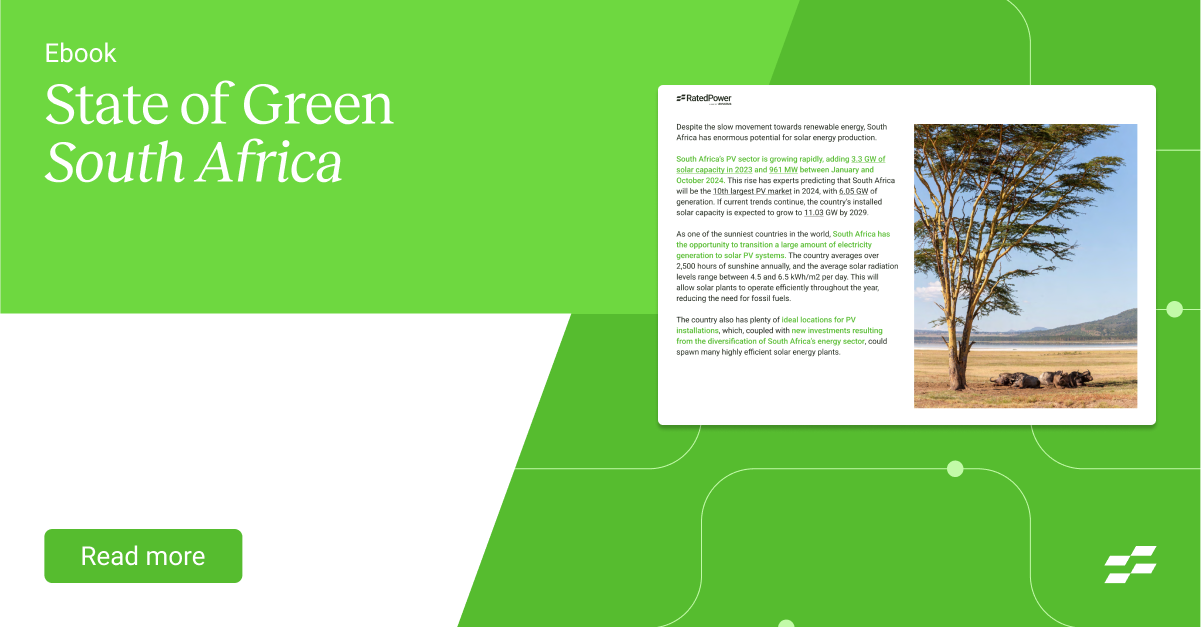- Solar energy blog
- South Africa’s 12% solar power surge in a challenging energy landscape
South Africa’s 12% solar power surge in a challenging energy landscape
Find out the full story behind South Africa’s 12% growth in solar power, including how they achieved it and what the future of solar looks like for S.A.


Martín Rimblas
Strategic Account Executive Sub-Saharan Africa
Strategic Account Executive at RatedPower with expertise in the Sub-Saharan African market. Background in international trade and investment advisory, sales development, and corporate auditing, with strong experience in client relationship management and business expansion across diverse regions.
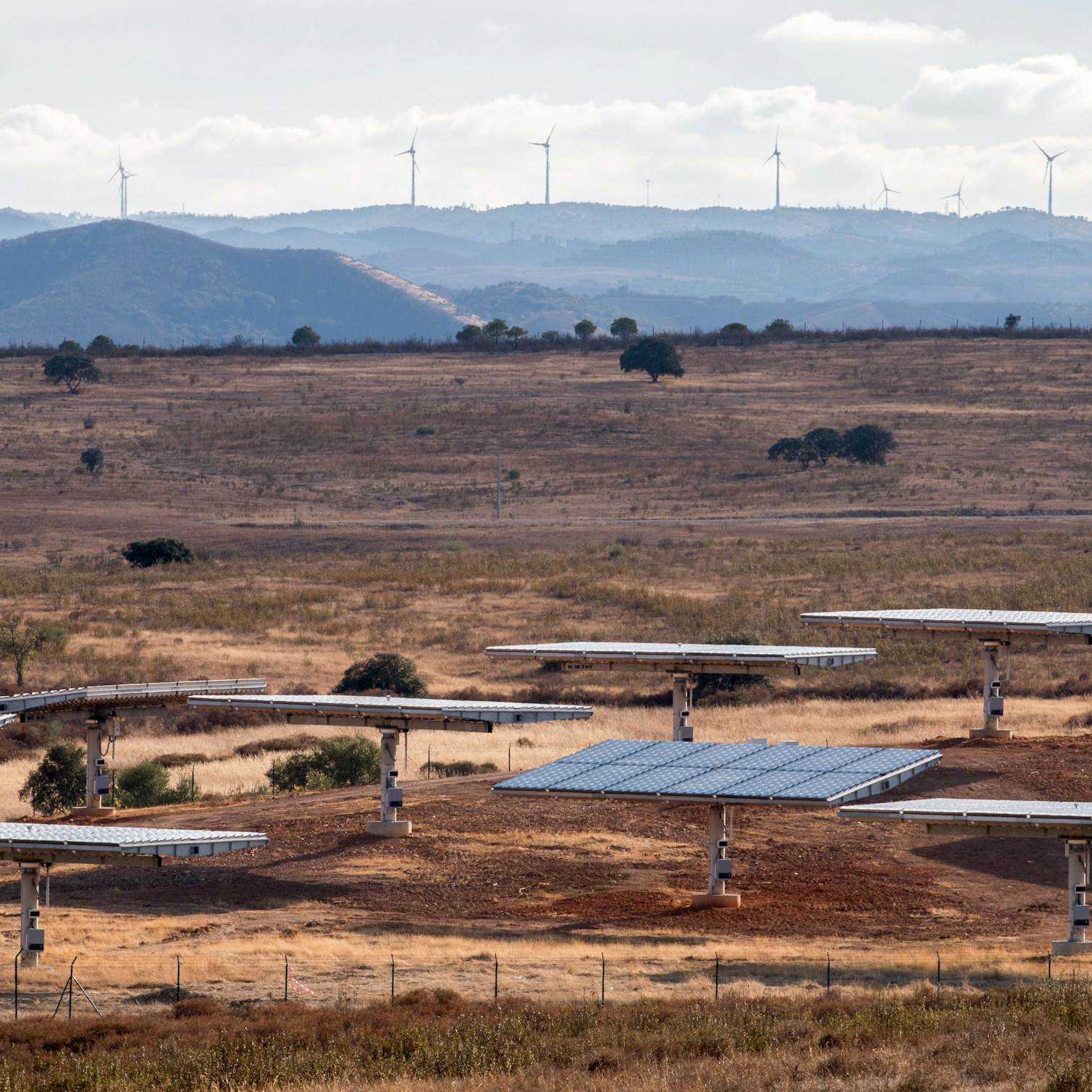
Content
Solar power in South Africa is expanding faster than ever. More projects are coming online, and businesses and households are turning to solar power to avoid grid instability and rising electricity costs. Investments from the public and private sectors are driving this growth, bringing new opportunities for clean energy solutions.
At the same time, the industry faces challenges. Grid connection backlogs, slow regulatory processes, load shedding and limited financing for small businesses remain obstacles. However, new technologies like battery storage and microgrids make solar a more practical solution.
South Africa is at a crucial turning point for renewable energy, thanks to new government legislation that aims to diversify the energy sector. Download and read our State of Green: South Africa eBook to discover more about the solar and renewable landscape in the region.
Even with these challenges, solar demand keeps rising. More projects are planned for 2025, and solar power continues to take up a larger share of the country’s energy supply. So, what’s fueling this growth? What still needs to be addressed? And how will solar shape South Africa’s energy future?
South Africa’s solar power surge in numbers
South Africa’s solar capacity expanded by 11.9% in 2024, reaching 8.97 GW. The private sector contributed 6.1 GW, while public procurement projects added 2.8 GW.
By October last year, an additional 961 MW of private-sector solar had been installed, showing strong momentum. Meanwhile, 500 MW of utility-scale projects remain under construction. Another 375 MW will come online in 2025, continuing the upward trend.
These numbers reflect the growing demand for solar as a cost-effective energy source. Businesses, industries, and residential users increasingly choose solar to cut electricity costs and avoid power disruptions.
How South Africa built a strong solar industry
As previously mentioned, South Africa’s solar industry has faced substantial obstacles over the years. Regulatory delays, slow grid connections, and financing difficulties for small businesses have all made expansion more challenging.
To tackle these challenges, industry leaders and government agencies have introduced targeted solutions:
Grid upgrades and smart grid technology improve the stability of the electricity network and make it easier to integrate new solar projects. Expanding grid capacity helps prevent delays in connecting solar installations, while smart grid systems manage energy flow more efficiently, reducing bottlenecks and power disruptions.
Financing programs give businesses, especially small and medium-sized enterprises (SMEs), better access to funding for solar projects. These initiatives include low-interest loans, subsidies, and partnerships with financial institutions, making it possible for more companies to invest in solar and reduce their reliance on expensive grid electricity.
The South African Photovoltaic Industry Association (SAPVIA) has worked with policymakers, businesses, and financial institutions to expand solar power. They have pushed for better regulations, improved grid access, and developed funding opportunities to help projects move forward. These efforts have removed barriers that once slowed solar adoption.
Get the latest insights on the renewables sector with our 2025 Trends: Renewable Energy & Solar Research Report report. It includes data from an industry survey and solar simulations on the RatedPower platform. Download now to uncover critical trends and challenges shaping the future of renewables.
What’s next for South Africa’s solar industry?
Solar power in South Africa will keep expanding. As mentioned earlier, 500 MW of solar projects are still being built, with another 375 MW set to go live in 2025. But growth isn’t just about adding more capacity. New technologies are changing how solar works.
Solar-plus-storage systems are becoming more common. These systems combine solar panels with battery storage, allowing energy to be saved and used when needed. This helps businesses and homes avoid blackouts and reduces strain on the grid during peak hours.
Microgrids are also expanding, especially in rural and remote areas. A microgrid is a small, self-contained energy network that operates independently or alongside the main grid. These systems are helping communities and businesses in areas where grid access is unreliable.
Rooftop solar installations are increasing as electricity costs rise. Businesses and homeowners are investing in solar panels to lower expenses and gain control over their power supply. Commercial properties like warehouses and office buildings are also turning to rooftop solar to cut long-term costs.
These developments go beyond increasing capacity. Battery storage and local energy systems improve reliability, giving businesses and households more control over their power supply.
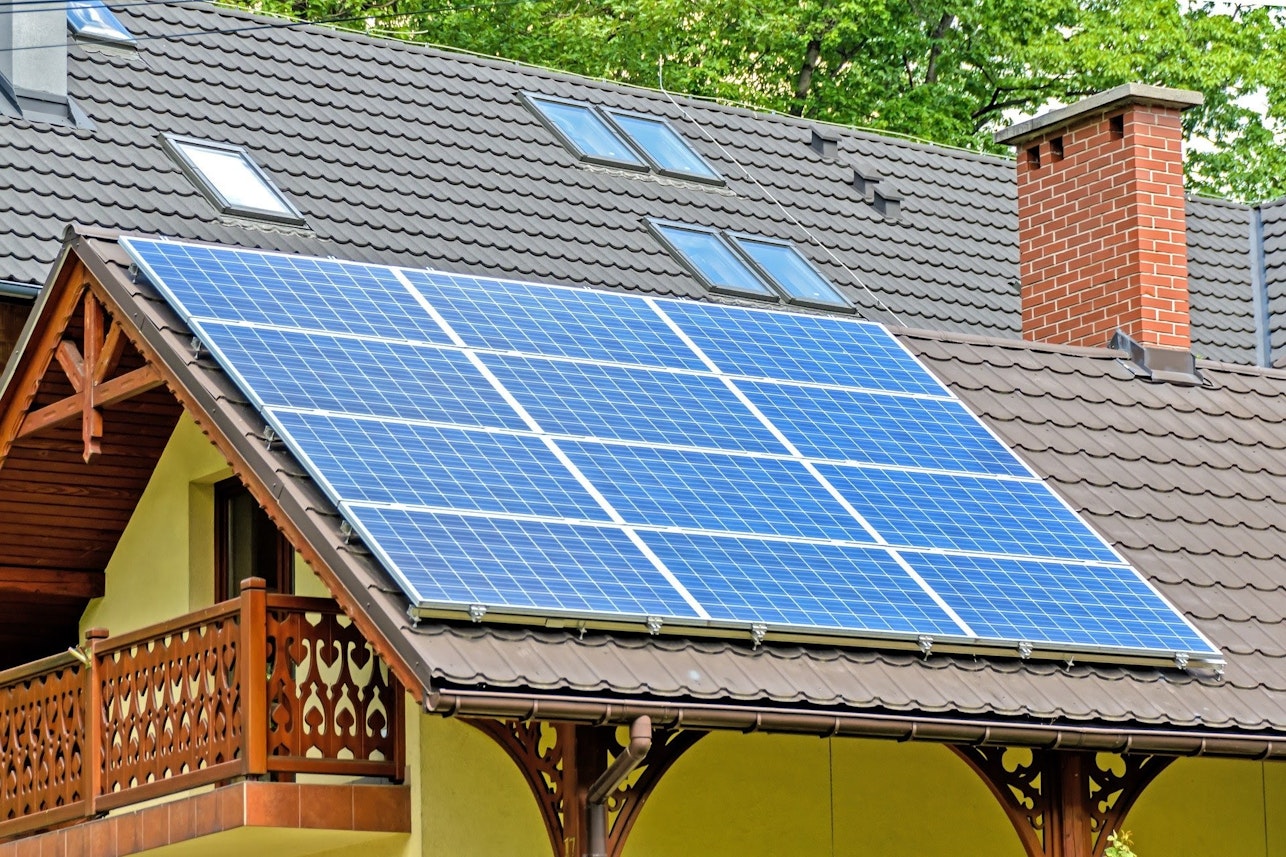
The wider benefits of South Africa’s solar surge
South Africa’s solar surge is also helping the economy and the environment.
Economic growth
As solar installations increase, so does the need for skilled workers. The industry has created manufacturing, installation, maintenance, and project management jobs.
In 2024, SAPVIA partnered with the National Business Initiative and Absa to train 100 installation companies. The program focused on solar PV installation and maintenance, helping businesses scale their operations. Many of these companies are run by young professionals and women, expanding opportunities in the sector.
Beyond installation jobs, the solar industry also supports related industries like battery manufacturing, electrical engineering, and logistics. With more companies investing in clean energy, demand for solar components and technical expertise continues to grow.
Environmental benefits
Solar energy has also reduced South Africa’s reliance on fossil fuels. In 2024, solar PV systems generated 5.2 TWh of electricity, preventing 4,260 tons of CO₂ emissions from entering the atmosphere.
Each new solar installation helps cut emissions further. With businesses and households adopting solar, the country is reducing its dependence on coal-fired power plants. This shift not only lowers carbon emissions but also reduces air pollution and its harmful effects on public health.
The Rise of BESS in South Africa’s power strategy
South Africa is increasingly looking to battery energy storage systems (BESS) as a practical solution to its chronic grid instability and persistent power shortages. These systems offer a scalable, cost-effective method to balance electricity supply and demand, enhance grid reliability, and reduce reliance on coal-fired power.
According to a June 2024 report by the International Institute for Sustainable Development (IISD), integrating lessons from successful global BESS deployments—in regions like South Australia and California—could significantly improve South Africa’s energy resilience.
Eskom has already begun implementing large-scale projects, such as the 20 MW/100 MWh Hex BESS in Worcester, which is the largest of its kind on the continent. This forms part of a national rollout plan involving 1,440 MWh of battery storage across 12 locations.
In parallel, independent producers are developing hybrid renewable energy facilities like the Oya Hybrid Power Station in the Western Cape, which will combine solar, wind, and battery storage to deliver reliable, dispatchable energy.
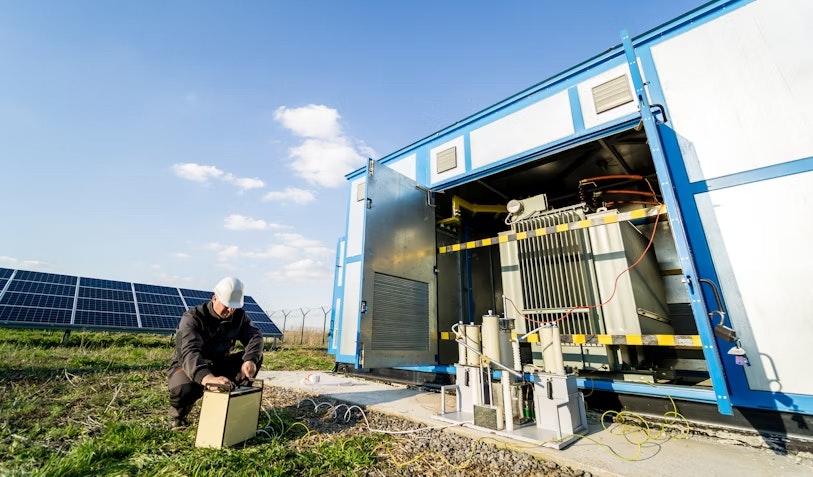
Mulilo and Scatec have also been named preferred bidders for five large-scale battery storage projects worth R9.5 billion under South Africa’s Battery Energy Storage IPP Procurement Programme. The projects, totaling 616 MW/2 464 MWh, will be developed at substations in the Free State and are expected to be operational by January 2028. All will use lithium-ion technology and contribute to grid stability and peak demand management. These projects represent continued progress in South Africa’s transition to a low-carbon energy system, as outlined in the Integrated Resource Plan framework.
These developments suggest that BESS can not only support South Africa in managing load-shedding but also help modernize the power grid, extend electrification to underserved areas, and accelerate the country’s transition to a more sustainable energy mix.
Key takeaways
South Africa’s solar industry continues to develop, with more capacity coming online and new technologies improving energy reliability. Businesses and households install solar to reduce costs, avoid blackouts, and gain more control over their power supply.
Beyond electricity generation, solar power supports economic growth and job creation. Training programs help new workers enter the industry while growing demand for solar equipment fuels related businesses. At the same time, cleaner energy helps cut emissions and reduce strain on the power grid.
With more projects in development and smarter energy solutions taking shape, solar power is set to play a bigger part in South Africa’s electricity supply in the years ahead.
Free BoQ template: Get your solar power plant costs on track
Having your PV plant costs on track is a hard task. Reduce the hassle with this comprehensive template with with 70+ items.

Latest stories
Related posts
Technology and engineering
Outsmarting congestion: How efficient solar design helps navigate Nordic grid limits
Learn how Nordic operators and solar developers are adjusting to tighter grid conditions and how policy and design decisions are keeping projects on track.
Updated 16 DEC, 25
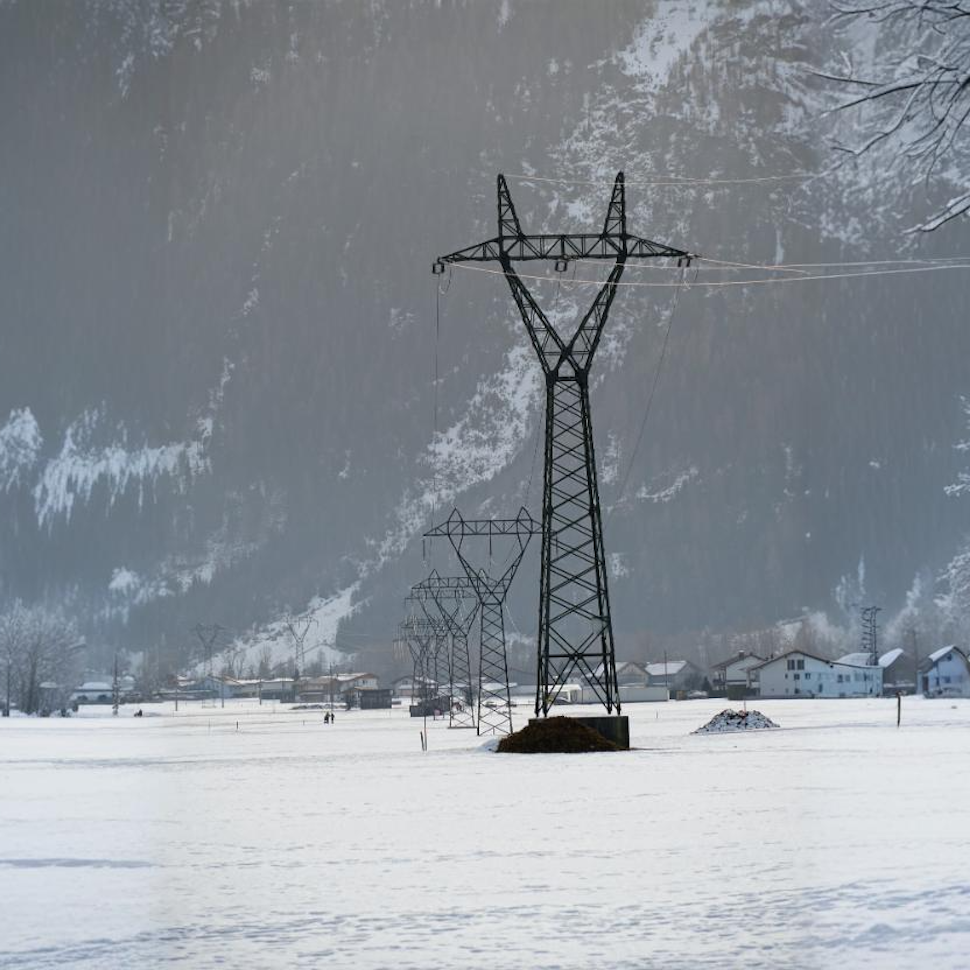
Market analysis
Powering through the peak: Why solar + storage is gaining momentum in MENAT
Discover how MENAT is building a functioning solar economy and why rising peak demand during extreme heat is squeezing its energy architecture.
Updated 11 DEC, 25

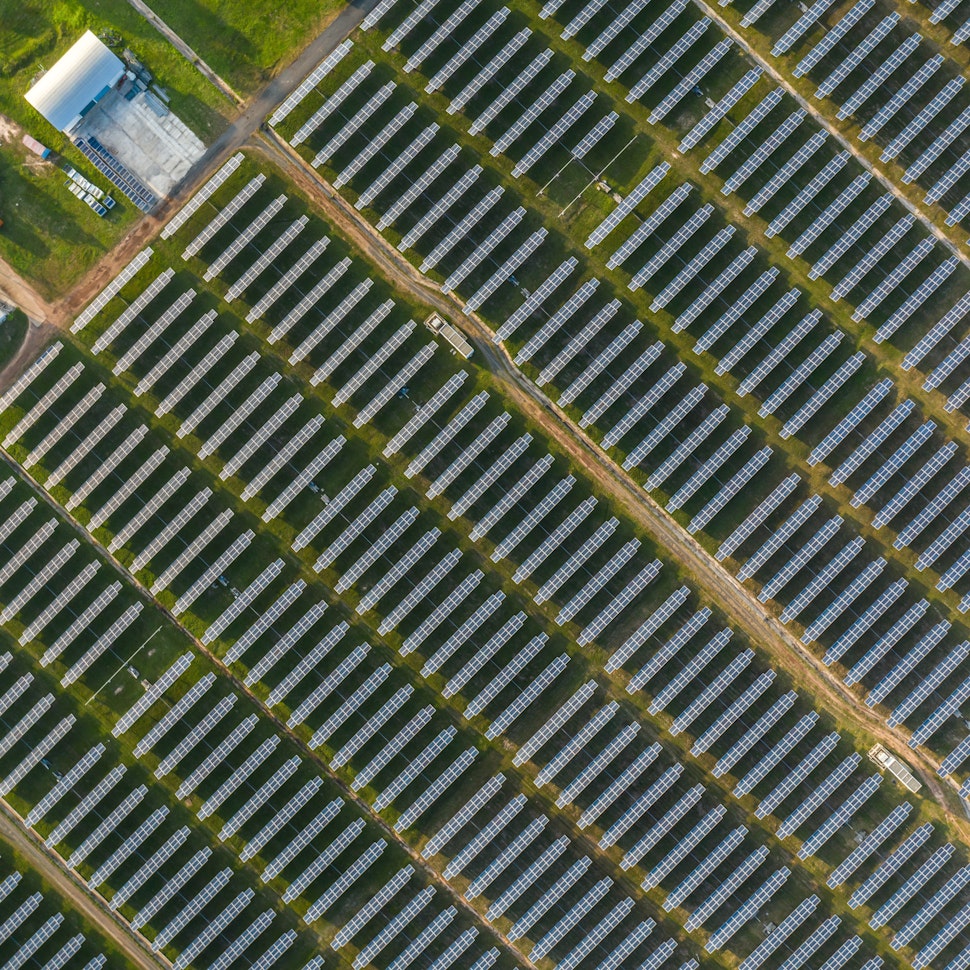
Market analysis
The rise of utility-scale PV + storage plants in Italy
Discover how Italy’s latest policies and auctions are driving utility-scale solar and battery storage projects to meet ambitious 2030 targets.
Updated 4 DEC, 25

- RatedPower
- Solar energy blog
- South Africa’s 12% solar power surge in a challenging energy landscape
 Watch a demo
Watch a demo Ask our AI Product Expert
Ask our AI Product Expert